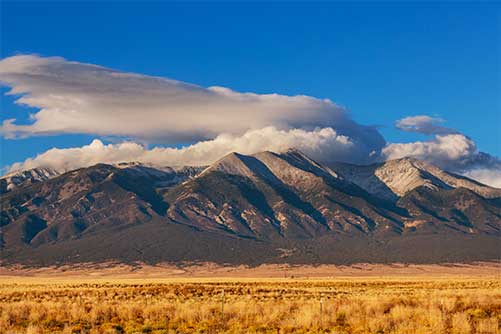The Colorado Mountains are always fun, but if you are not prepared can be extremely dangerous, even deadly. Please review the following tips to ensure safety on your next hike.
The following are certainly a few factors to consider for your next hike:
1. Warm-up prior to beginning the trip
We can not emphasize just how essential stretching out just before a hike truly is. Stretching boosts the heart rate, temperature, and blood circulation to your muscles. Furthermore, stretching improves the body’s flexibility and reduces possibility of injury.
2. Begin the hike off gradually
Once more, it is important to warm up your muscles and body prior to trekking full steam ahead. Gradually increase your pace as your body begins to heat up.
3. Permit the slowest member in the group to establish the pace
Let the slowest person lead the group. Injuries and fatigue can often be avoided by letting young children and folks who are out of shape making their way down the trail first.
4. Plan the hike in advance
This can include appointing jobs to various people who will participate on the trek.
5. Determine who appreciates leading and who doesn’t
When you identify who appreciates making decisions and leading various components of the excursion, make efforts to divide decision-making responsibilities evenly amongst those people. However, it is essential to stick to the trip schedule unless an emergency determines otherwise.
6. Stick to the trail
Never wander off from the trail unless you have outstanding navigation skills and the area will not be adversely affected by off-trail travel.
7. Travel in a group
This concept holds especially true during the winter season and in dangerous terrain. Do not leave a person behind.
8. Give your travel itinerary to a third party
Entrust your trip info with someone who you can rely on (friend or family), and contact them whenever you get back home from the hike.
9. Learn first-aid and fundamental equipment repair techniques
Be sure to bring duct tape with you wherever you go. Duct tape can repair practically any piece of gear that you could happen to break while out on the path. Don’t forget to bring a first aid kit! Lastly, know what to do in case you and your group runs into an unexpected emergency situation. It is most ideal to discuss your “emergency plan” prior to beginning a trip.
10. Layer up
Stay clear of wearing cotton due to the fact that it loses its insulation properties when it gets wet. It’s most ideal to wear polypropylene next to the skin since the material wicks moisture away from the skin and holds in warmth when damp or wet.
11. Safeguard your body from the sun
Wear sunglasses, a hat, and sunscreen whenever you go hiking.
12. Take ample rests. Don’t overdue it!
13. Drink plenty of water.
Drink ample amounts of water. Ensure you carry enough h2o to make it between destinations without running out of a reliable supply. Also, be sure to treat your water in order to avoid getting sick on the trail. This can be done by purchasing treatment chemicals, or boiling your drinking water.
14. Pack lots of food
Power and candy bars are a few of the most effective foods to carry the trail because they are loaded with carbs, and this will provide you the boost you’ll require on the trail.
15. Stick to relative guidelines and regulations
Spend some time to read over the rules and regs of the location that you’ll be traveling through. Some areas might be prohibited to pets, camping, or open-pit fires.



